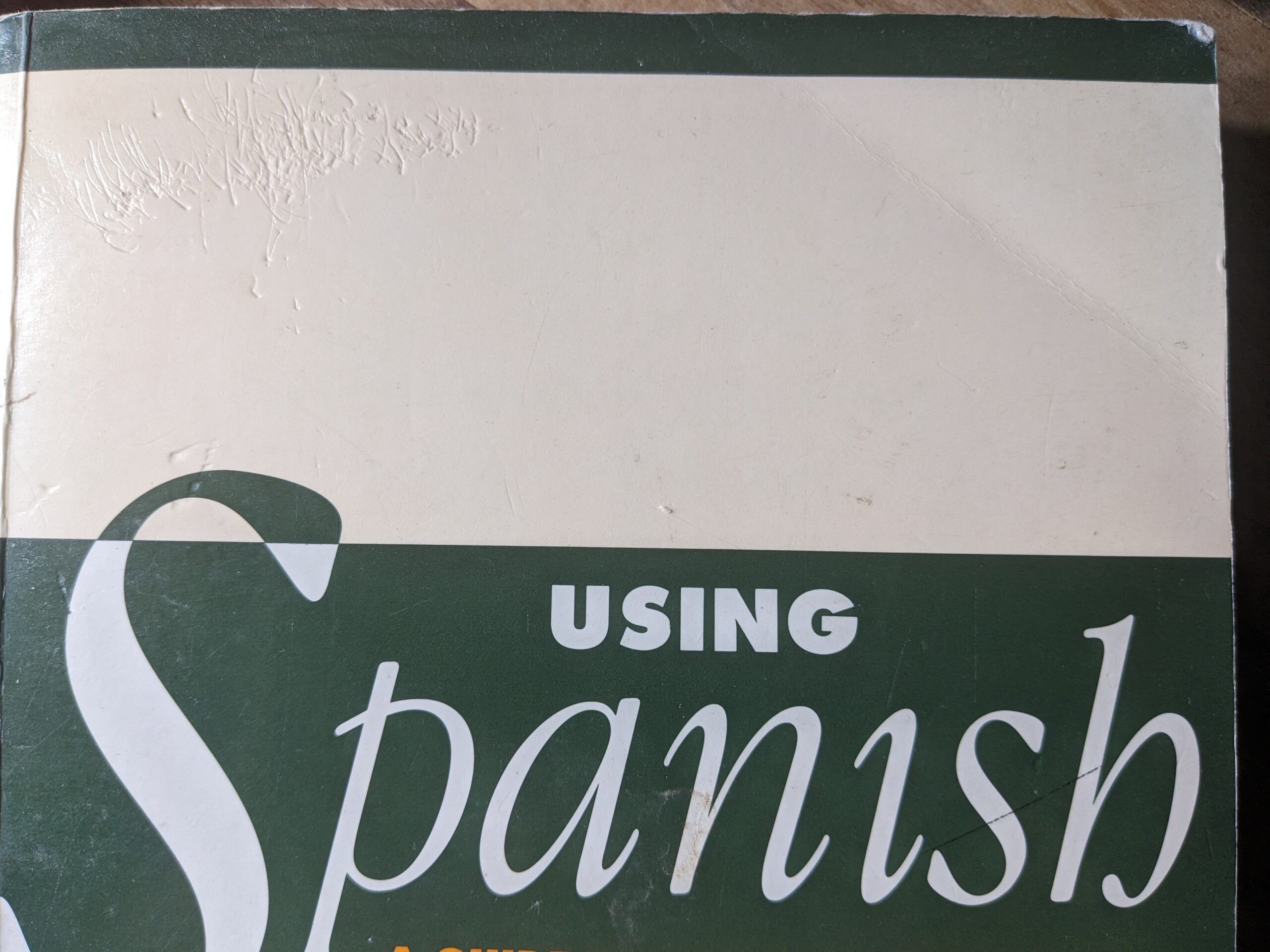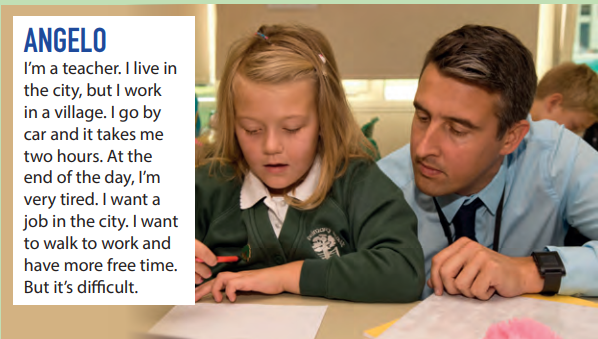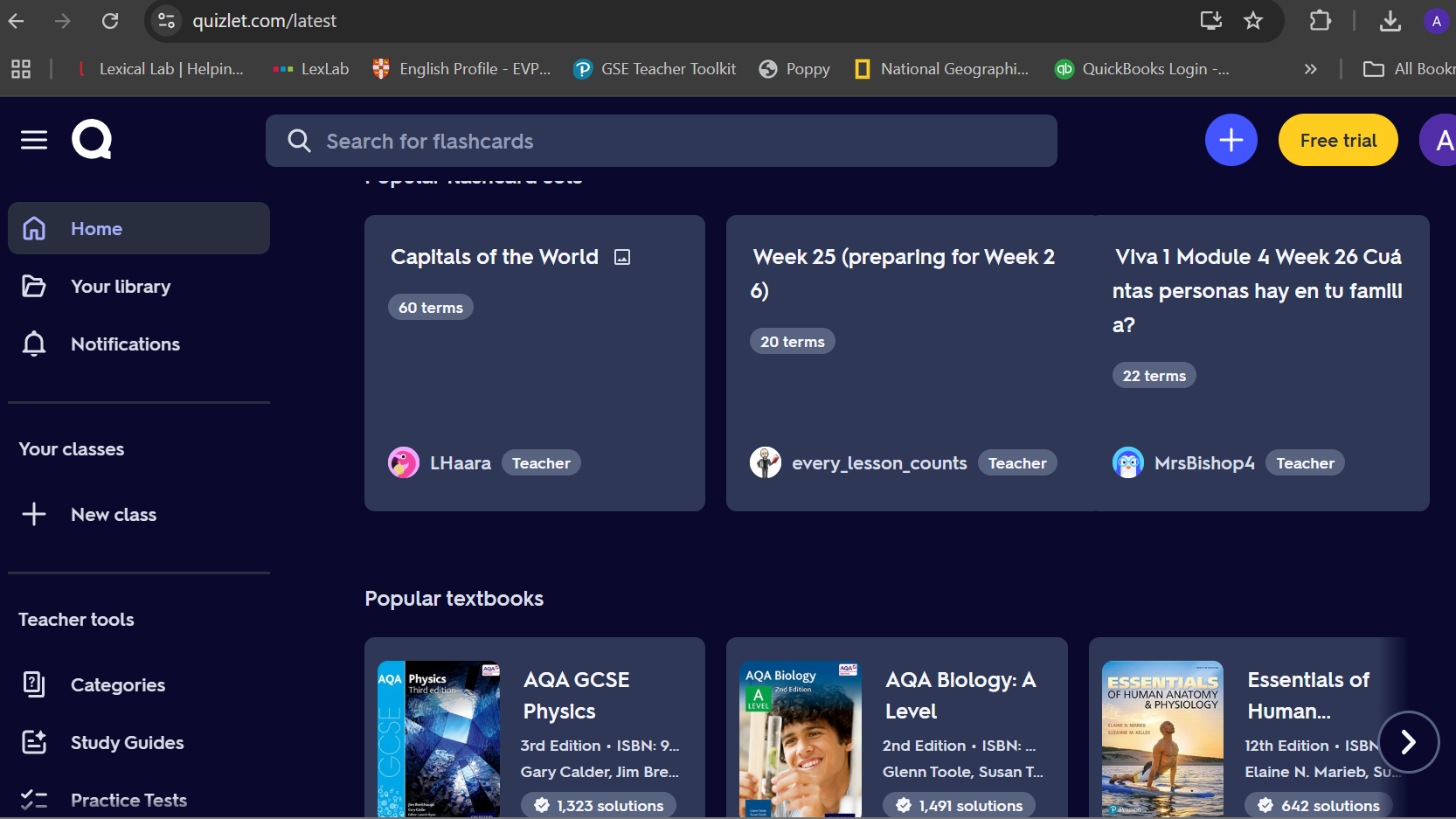Writing good AI prompts for developing vocabulary materials was the focus of Elif Atali’s presentation at IATEFL this year. Elif is a teacher at Bursa Technical University in Turkey and was the winner of our Lexical Lab scholarship. Here she outlines her presentation and relates her wider experiences. Over to ElifWriting vocabulary materials with AIMy presentation explored innovative ways to enhance writing instruction through AI-driven task design, with a particular emphasis on lexical development. The session focused on how teachers can benefit from the potential of AI given the right...
Word-for-word translation: an activity with possibilities
Generally speaking, teachers discourage word-for-word translation from a students own language into the language they are learning. Sometimes they discourage it for the wrong reason – that translation or the use of L1 is just wrong. Sometimes teachers discourage it because they know it’ll end up in gobbledygook and they teach students that the correct approach is to translate whole phrases or collocations. On the whole, I agree with this second view. If students are looking up an unknown word from L2 text on Goggle translate (or similar), then it’s generally a good idea to include other...
Rereading texts to revise language at low levels
Rereading texts to revise language can be good because we access language outside the selection in exercises labelled vocabulary or grammar. Whether you have treated the listening or reading text as purely developing skills or not, there is good reason to revisit texts to focus on language – especially when we want to revise content later in the course and especially at low levels.Rereading to improve reading fluency (and revise words)In the case of lower levels, it can be good to reread a text to help with reading fluency – especially when your students are working with a new...
More activities to revise language in class at low levels
Why do activities to revise language in class? Teachers sometimes see class time as only for ‘new’ input. Revision is for students to do at home. I understand that idea. It also depends a bit how long your class is. If you have one 50 or 60-minute class a week, maybe that makes some sense. And students do have to take some responsibility, right? Ultimately, languages are truly learnt and certainly become more ‘real’ when students study and use the language outside class. But then many students set aside 3 or 4 hours of their week to do a class, so expecting a huge amount extra is not...
Translation in language classes: tackling the taboo
Translation is a fantastic tool for all language teachers to use in their classes. That might be a surprising statement from a native speaker teacher working in a multi-lingual teaching context in the UK. and to be honest it’s been a long and winding road that brought me to that view. Let me take you on that journey and show you some ways translation can help, even when you don’t share your students’ L1 – i.e. their own language.The absence of translation in trainingBack in 1993, when I did my four-week CELTA course, there was certainly no mention of translation,...




